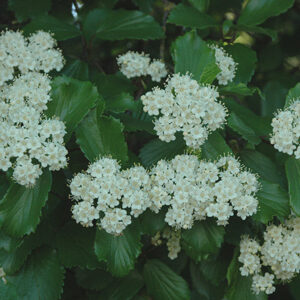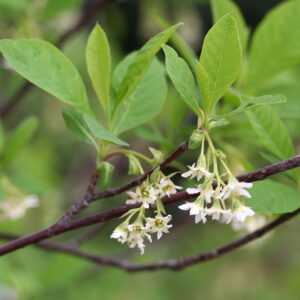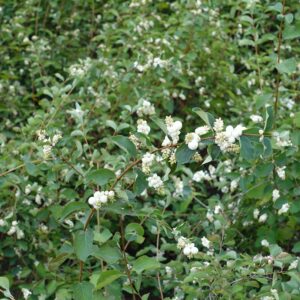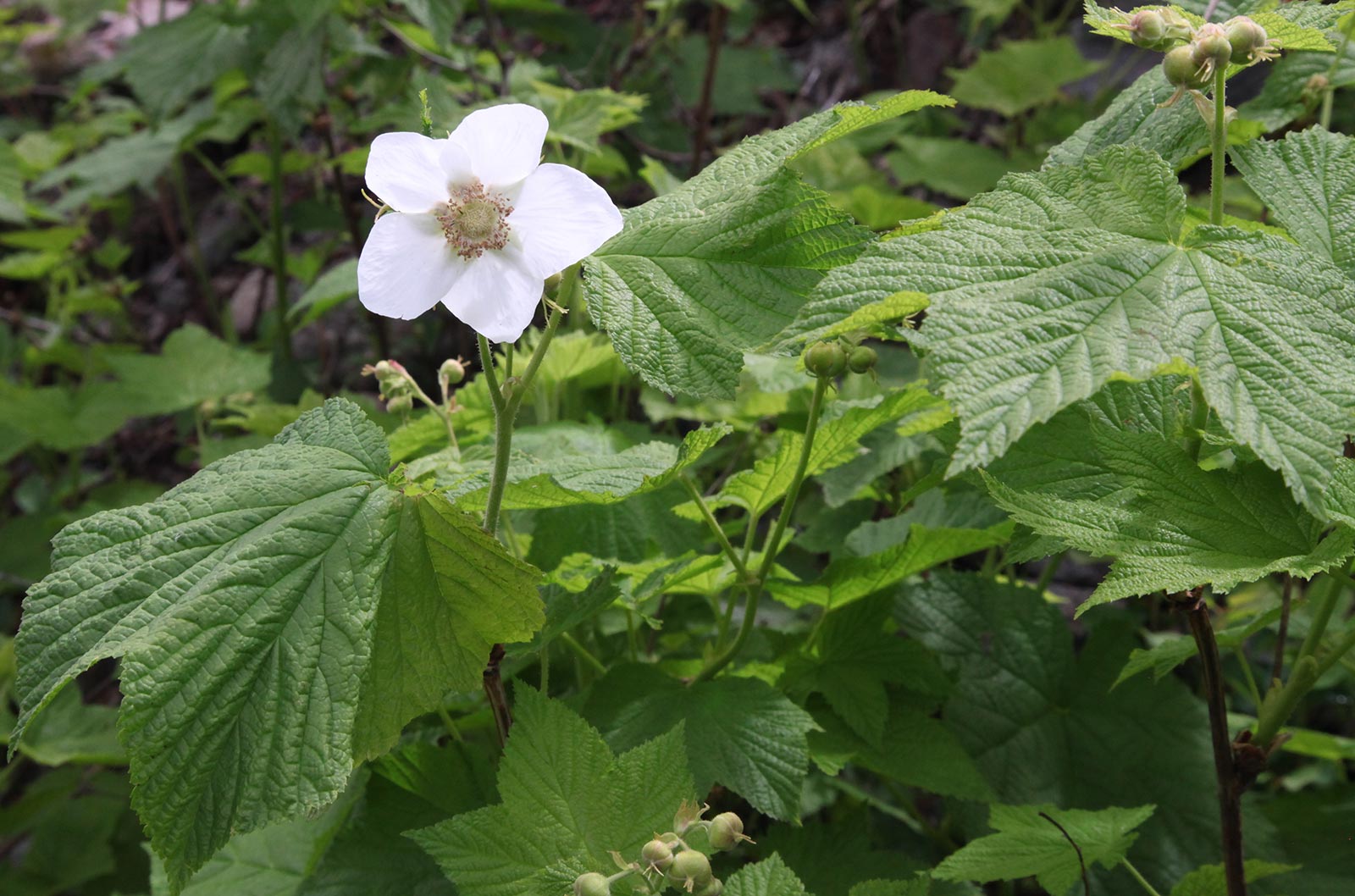Thimbleberry is a staple of summer berries in July-September. It has wide fuzzy leaves and no thorns. It will grow 2-4 feet tall and is found in moist to dry open woods or along edges. It is rhizominous so will spread to form a stand.
$3.50
$3.50
Out of stock
Related products
 Out of stock
Out of stock
Red Stem Ceanothus
Also known as Redstem Wild Lilac, this shrub has white, showy clusters of flowers. They are vey fragrant and pollinated by bees. It is also commonly browsed by deer and elk. This plant is located on both sides of the Cascades and is often found in dry open sites where it improves the soil through nitrogen-fixation.
Read more Out of stock
Out of stock
Oregon Viburnum
Viburnam ellipticum is native to southwest Washington to central California and found primarily on the west side of the cascades. It grows 3-9ft tall in a multistemmed bush. This plant provides white cluster flowers in May and June and beautiful fall colors.
Read more Out of stock
Out of stock
Osoberry
Also known as Indian plum, this deciduous shrub grows to about 15 feet tall in the understory of forests. It is one of the first plants to leaf out and flower, letting you know that spring has arrived! It produces white tubular flowers early, which turn into small purple fruit that resemble plums. It grows in dry to moist soils and prefers shade. This plant is dioecious, meaning there is a male plant and a female plant, so you will need both a male and a female plant to produce the fruit.
Read more Out of stock
Out of stock
Snowberry
This unsung hero of the plant world is versatile, elegant, and tough as nails—if you cant get something grow in a specific location, plant snowberry. This deciduous shrub is 2-6 feet tall and very adaptable to a wide range of growing conditions. It produces small pink and white flowers in the spring and clusters of showy white berries that persist through the winter. *Careful: the berries are poisonous if eaten by humans but are great for wildlife.
Read more

